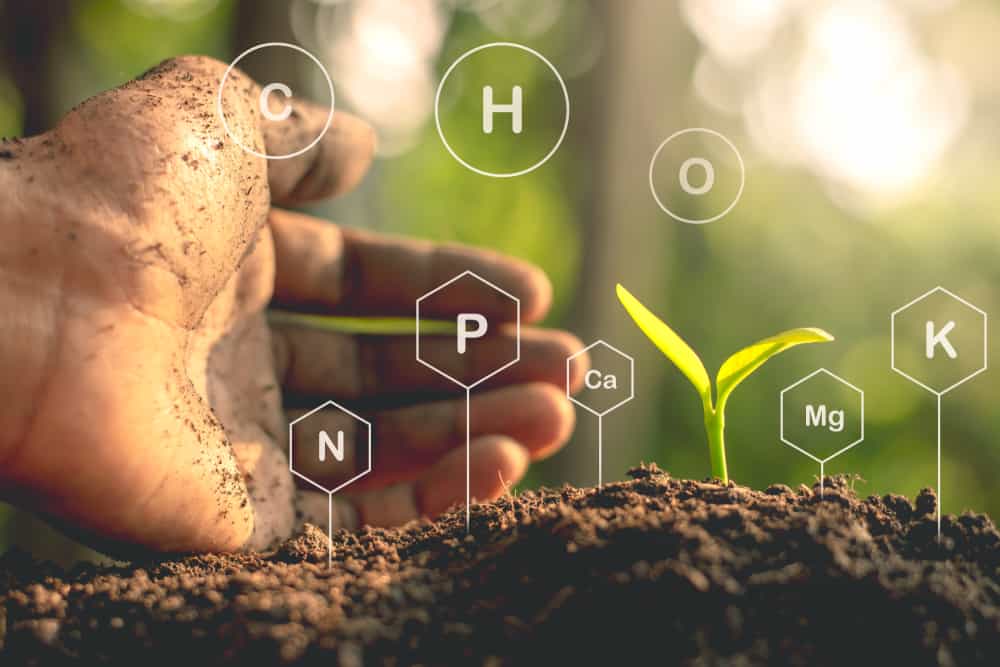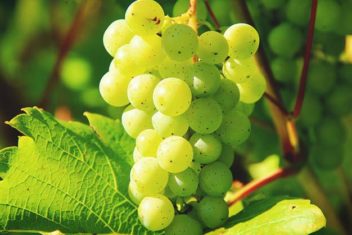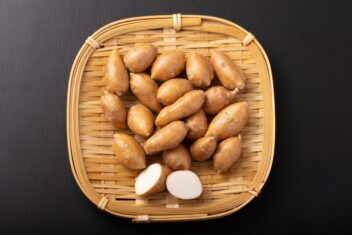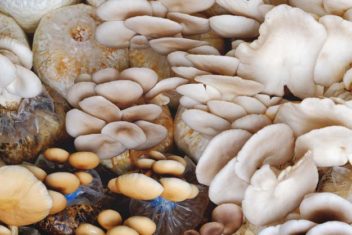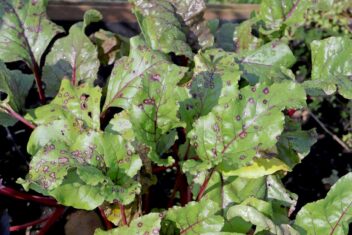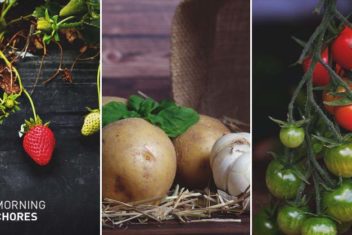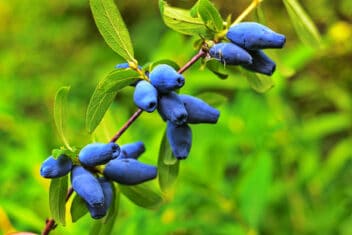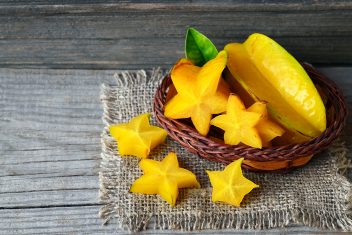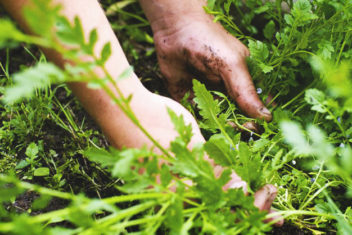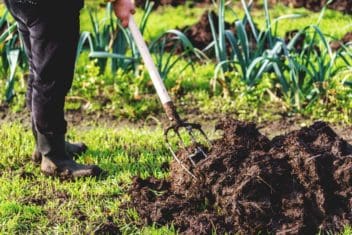You probably know the building blocks needed to keep human bodies healthy, but how familiar are you with plant nutrients?
We’re often guilty of just tossing some generic fertilizer on plants, but understanding all the specifics about plant nutrients and the best way to provide these nutrients to your plants can make all the difference between a healthy plant and a struggling one.
Let’s look at what’s needed for optimal plant health, as well as the roles each of them play.
Major Elements
Do you own any plant fertilizer? Then you’ll recognize the N-P-K ratio, which is usually listed right on the front of the package as something like 1-1-1 or 20-30-20. Captain “N” for nitrogen is the leader of the gang, but phosphorous (P) and potassium (K) are also important.
These three are the main nutrients that all plants need to grow and thrive.
Nitrogen (N)
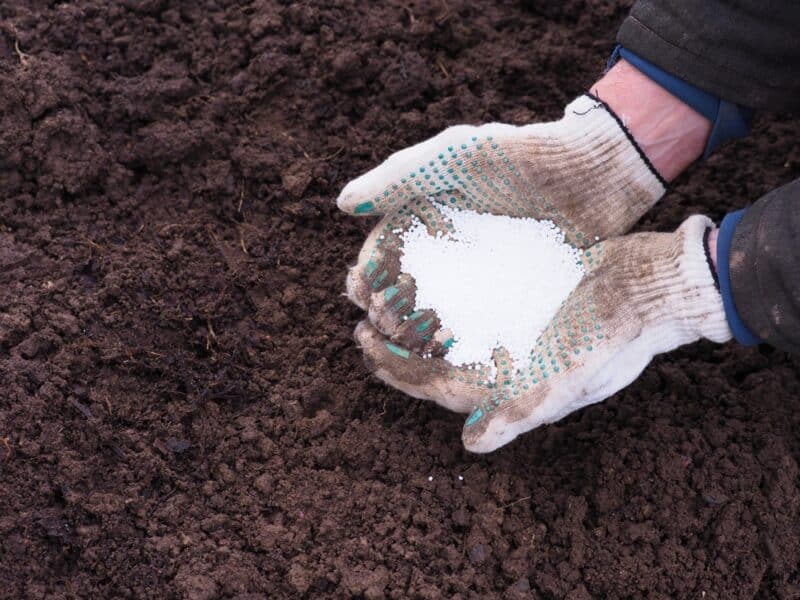
Nitrogen is the primary nutrient needed for optimal plant health because it’s literally the building block for plant life.
When plants absorb nitrogen, they assimilate it into the amino acids aspartate, asparagine, glutamate, and glutamine. These are used to create new cells, thus allowing the plant to grow.
It’s the main constituent part of chlorophyll, which allows plants to absorb light for photosynthesis. Furthermore, it’s vital for overall plant metabolism (e.g. what keeps it alive).
Nitrogen is also the nutrient that grants leaves their green hue(s). Plants deficient in N often turn yellow and fall off. When green plants die, they release this nitrogen into the soil as they decompose.
Best nitrogen sources: aged herbivore manure, blood meal, alfalfa meal, human urine, coffee grounds, compost tea, and legume cover crops.
Phosphorous (P)
The second player in N-P-K land is phosphorous. It’s Nitrogen’s counterpart in that it assists with amino acid conversion. Furthermore, it’s a major component of the enzymes that metabolize sunlight into carbohydrates.
Phosphorous is one of the most important nutrients for root vegetables. This is because it initiates germination and stimulates root development.
As you can imagine, this makes it invaluable for seedling establishment and overall plant health. In addition, phosphorous is required to create and maintain healthy vascular tissues. It’s needed for shoot development and affects blooming processes as well.

Best phosphorous sources: bone meal, wheat bran, rock phosphate, vermicompost, bat guano, burnt cucumber skins, cocoa shell meal, and chicken manure.
Potassium (K)
People who suffer from potassium deficiency will feel weak, lethargic, and fatigued. Interestingly, plants are the same.
Without sufficient potassium, plants lose their vigor: they’ll just wilt and die. It triggers plant cells to draw in water, swelling open enough to absorb carbon dioxide (CO2). Furthermore, it’s one of the main plant nutrients that cause osmotic pressure: the “suck” that encourages plants to draw water up from the soil.
Additionally, another of potassium’s prime functions is enzyme activation. It “triggers” chlorophyll and protein activation, and converts soluble sugars into usable starches.
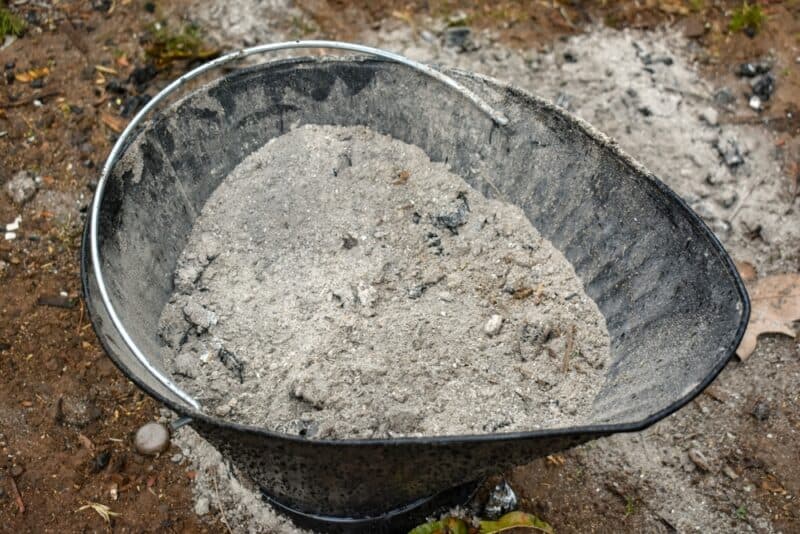
Best potassium sources: kelp meal, wood ash, potassium chloride, potassium sulfate, greensand (marine sediment), granite dust, and compost.
Magnesium (Mg)
Magnesium is one of the nutrients that help plants to create their lovely deep green hue. It assists with photosynthesis and is one of the nutrients that activates plant life cycles. For example, magnesium will give plants the heads up that it’s time to root, flower, or fruit.
Note that magnesium is required for adequate oil production in plants. This means that it’s especially important for crops specifically grown for their seed or fruit oils.
Best magnesium sources: dolomitic lime and magnesium sulfate (Epsom salt).
Sulfur (S)
You’re probably familiar with sulfur because of its scent of rotting eggs, but did you know it’s one of the most important plant nutrients? Without sulfur, plants can’t synthesize chlorophyll. They won’t produce roots, or fruits, or even turn green.
Sulfur is a key activator in countless plant processes, and is a key component of the essential oils that give flowering plants their scent! Interestingly, this also affects fruiting plants’ flavors as well.
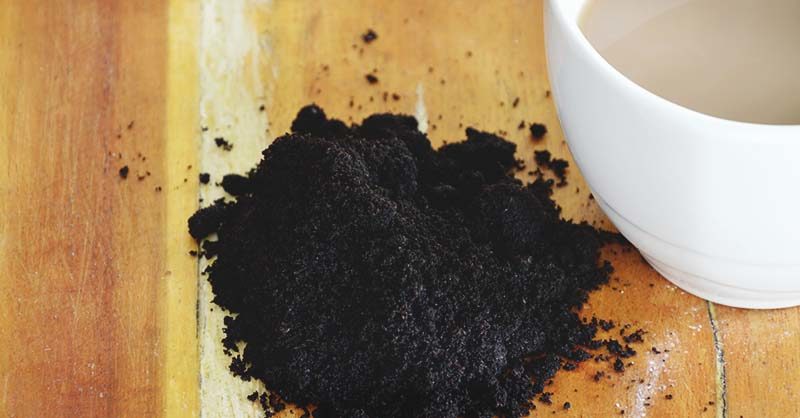
Best sulfur sources: aged cow and pig manure, sulfur powder, sulfur pellets, kitchen scrap compost, and coffee grounds.
Calcium (Ca)
If you’ve heard the term “calcification” before, you might know it relates to stiffening. This is the role that calcium plays in the world of plant nutrients. It literally stiffens cell walls and makes plants stand tall and firm. Additionally, it helps to distribute nutrients around different parts of the plant.
Calcium is also essential for cell division, and also helps plants absorb micronutrients such as manganese, copper, boron, and zinc.
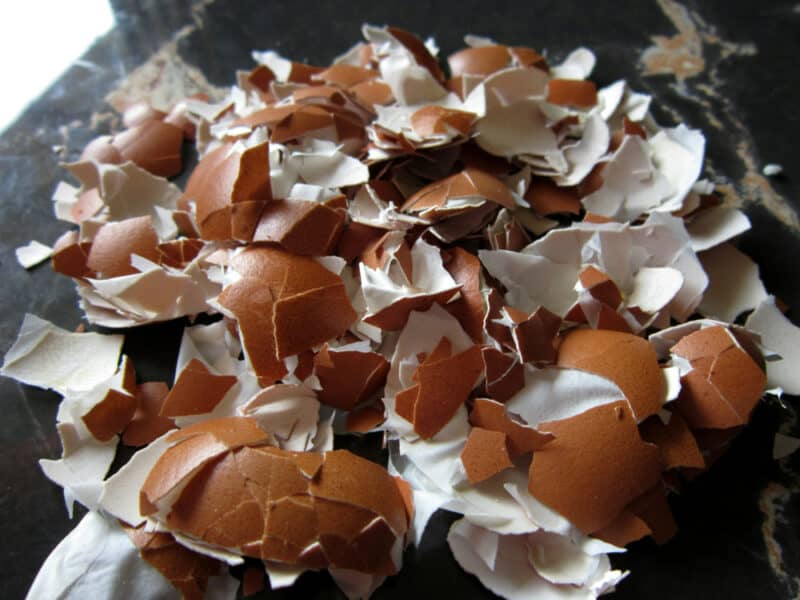
Best calcium sources: bone meal, calcium tablets, eggshells, milk, gypsum, and agricultural lime.
Trace Minerals
Trace minerals are the types of minerals that plants need in smaller amounts. But that doesn’t mean that just because plants don’t need a lot these minerals aren’t important.
Iron (Fe)
Are you familiar with leaf chlorosis? This is when leaf tissue yellows between veins instead of being nice and green. It’s often due to a lack of iron, which is vital for chlorophyll formation. Basically, chlorosis is to plants what anemia is to humans.
Iron helps to carry oxygen to cells, and is essential for sugar and carbohydrate metabolism. Without sufficient iron, fruiting plants may not bear fruit or even bloom. As far as plant nutrients go, iron is one of the most important ones to replenish.
Important Note: just like in human bodies, certain nutrients can reduce or block iron absorption. Test your soil’s phosphorus and calcium levels, as these can prevent plants from taking in iron from the surrounding soil. There’s little point in amending your soil with iron if your plants can’t uptake it.
Best iron sources: chelated iron (powder or liquid), blood meal, and iron sulfate.
Zinc (Zn)
Zinc is associated with water uptake, and with activating certain growth hormones. These are responsible for plants’ upward growth and stem strength. It’s one of the nutrients needed for carbohydrate metabolism and chlorophyll production, and it also affects reproductive organ function.
Some of the crops that are most prone to zinc deficiencies are grains and legumes. These may include (but are not limited to) soybeans, sorghum, wheat, corn, and field peas.
Best zinc sources: zinc sulfate, ammoniated zinc, chelated zinc, and kelp extract. Foliar sprays are often the best for distributing zinc to depleted foliage.
Copper (Cu)
Copper is essential for proper flowering, fruiting, and seeding production. It assists with iron usage during chlorophyll synthesis and prevents iron from accumulating in nodules. Copper is also integral for amino acid conversion, so new cells have adequate protein.
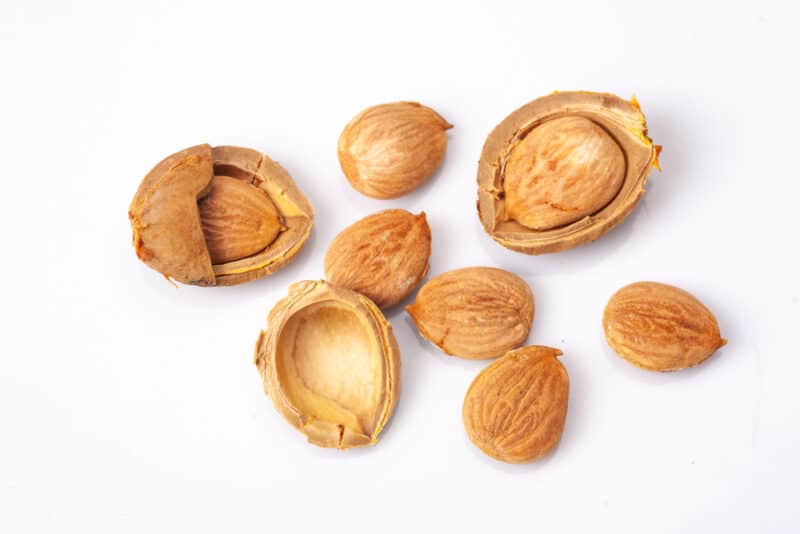
Best copper sources: copper sulfate, cupric oxide powder, ground-up apples or apricot pits, and elemental copper chelate.
Manganese (Mn)
Manganese is required to move iron through the plant’s body. Furthermore, plants require manganese to utilize iron properly. This nutrient triggers germination and new growth and assists with chlorophyll formation.
Get your soil tested if you know it’s acidic, as soil with a pH lower than 6 is likely to be manganese deficient.
Best manganese sources: manganese sulfate and agricultural lime.
Boron (B)
Remember how calcium is necessary for building strong cell walls? Envision boron as the mortar during the building process. These two plant nutrients work together to form all cell walls.
Boron is also necessary for moving sugars (carbohydrates) around the plant. It’s also necessary for successful calcium and nitrogen uptake and retention. Furthermore, it’s vital for successful pollination and seed formation.
Some of the plants that require the most boron include beetroot, turnips, cabbage, kale, cauliflower, and broccoli.
Best boron sources: Borax (often used alongside laundry detergent), and boronic acid (as foliar spray).
Cobalt (Co)
This is one of the plant nutrients to maintain if you’re growing legume cover crop amendments. This is because cobalt is necessary for the nitrogen-fixing process.
It also teams up with microorganisms to create B12 during their growing process! In fact, it’s the only mineral out there that’s necessary for vitamin creation.
Best cobalt sources: cobalt salts.
Sodium (Na)
Sodium is a trace nutrient that’s most important to plants like spinach, sorrel, and rhubarb. This is because sodium is necessary for oxalic acid accumulation. Basically, it’s what helps to give these plants their salty/sour flavor.
Best sodium sources: sodium carbonate and sodium bicarbonate. Do NOT add standard table salt to your garden soil, as it’ll cause more harm than good.
Silicon (Si)
Silicon is integral for overall plant health. It assists with building cell walls, strengthens plant tissues, and helps to fight off fungal and bacterial infections. Since it’s vital for building and strengthening tissues, it’s essential for species that produce tall stalks and canes. These include sugarcane, bamboo, rice, amaranth, and sorghum.
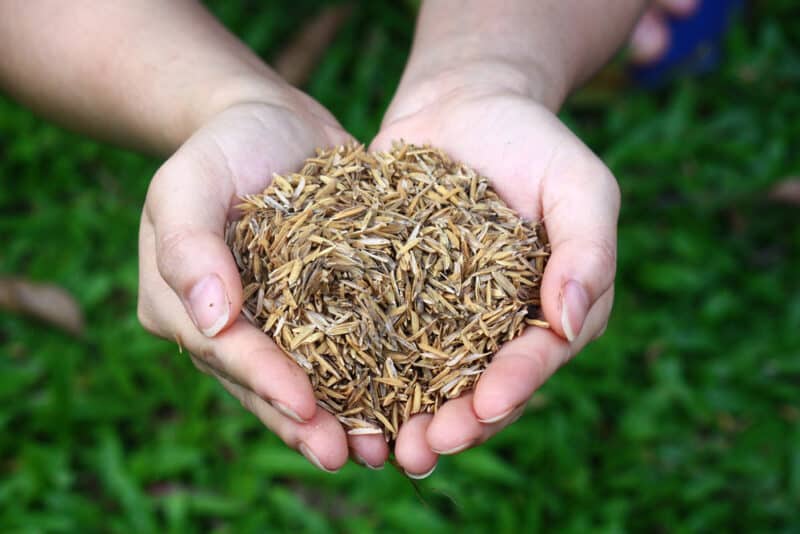
Best silicon sources: rice hulls, powdered silica (wear protective breathing equipment!), and liquid silicon.
Molybdenum (Mo)
This trace plant nutrient is necessary for nitrogen-fixing. If you’re growing red clover or field peas to help replenish nitrogen, ensure that there’s enough trace vanadium, so nitrogen isn’t lost in the process.
Furthermore, molybdenum is vital for iron absorption and distribution throughout the plant body.
Best molybdenum sources: molybdenum agricultural fertilizer.
As you can see, there’s a plethora of different plant nutrients out there. To give your garden its best chance to thrive, test your soil regularly. This way, you can see which nutrients are deficient, or overabundant. Then you can amend accordingly for optimal crop health and yield.
